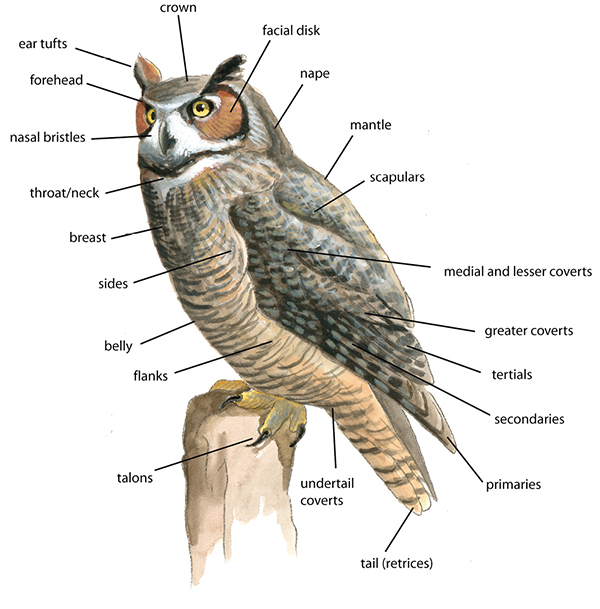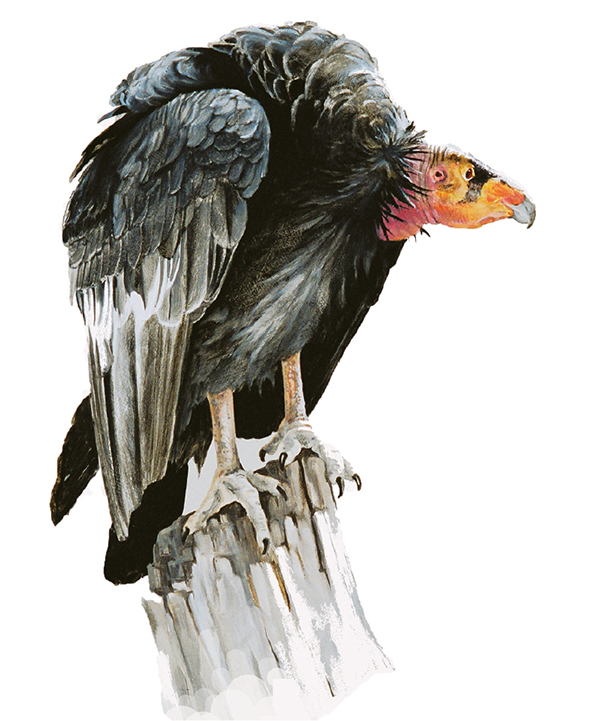To my wife, Kirsten, my children, Miles and Oliver, and my parents, all of whom have supported and encouraged me through the years.
An imprint of Rowman & Littlefield
Falcon, FalconGuides, and Outfit Your Mind are registered trademarks of Rowman & Littlefield.
Distributed by NATIONAL BOOK NETWORK
Copyright 2015 by Rowman & Littlefield
Illustrations 2015 Todd Telander
All rights reserved. No part of this book may be reproduced in any form or by any electronic or mechanical means, including information storage and retrieval systems, without written permission from the publisher, except by a reviewer who may quote passages in a review.
British Library Cataloguing-in-Publication Information available
Library of Congress Cataloging-in-Publication Data
eISBN xxx-x-xxxx-xxxx-x
Telander, Todd.
Birds of prey / by Todd Telander.
pages cm. (Falcon pocket guide)
Includes bibliographical references and index.
ISBN 978-1-4930-0223-8
1. Birds of prey. I. Title.
QL677.78.T45 2014
598.9dc23
2014035108
 The paper used in this publication meets the minimum requirements of American National Standard for Information SciencesPermanence of Paper for Printed Library Materials, ANSI/NISO Z39.48-1992.
The paper used in this publication meets the minimum requirements of American National Standard for Information SciencesPermanence of Paper for Printed Library Materials, ANSI/NISO Z39.48-1992.
Contents
Introduction
Birds of prey, commonly known as raptors, are typically defined as those birds that feed on other vertebrate animals. They also possess sharp, hooked bills and strong talons that they use together to tear apart the flesh of their prey. This group includes the diurnal raptors (meaning they are most active during the day), including the vultures, eagles, hawks, kites, harriers, falcons, and osprey, as well as those that are active mainly at nightthe owls. And although not technically birds of prey, I have included also the shrikes, which are raptorial in their habits despite being classified with the passerines. Birds of prey are found in nearly every habitat across the continent, from the Arctic Circle to the Mexican border, and even in the most populated urban centers. This guide is an introduction to fifty-five birds of prey that occur regularly in North America, from the massive California Condor, saved from the brink of extinction, to the majestic Bald Eagle, to the tiny Elf Owl of southwestern deserts. May you enjoy your exploration into this fascinating group of birds!
Notes About the Species Accounts
Order
The order of species listed in this guide is based on the latest version of the Checklist of North American Birds, published by the American Ornithologists Union.
Names
For each entry I have included the birds common name as well as the scientific name. Since common names tend to vary regionally, or there may be more than one common name for each species, the universally accepted scientific name of genus and species (such as Buteo lagopus for the Rough-legged Hawk) is a more reliable identifier. Also, you can often learn interesting facts about a bird from the English translation of its Latin name. For instance, the term buteo is Latin for a kind of hawk, and lagopus is Latin meaning rabbit foot, referring to the feathered legs of this bird.
Families
Birds of prey, like all birds, are grouped into families based on similar traits, behaviors, and genetics. When trying to identify an unfamiliar bird, it is often helpful to first place it into a family, which will limit your search to a smaller group. For example, if you see a raptor in open country during the day with narrow, pointed wings and fast, direct flight, you can begin your search in the family group of Falconidae (falcons), and narrow your search from there. Conversely, a large bird soaring high in the air on broad wings is most likely of the group of hawks (Accipitridae).
Size
The size listed for each bird is the average length from the tip of its bill to the end of its tail, if the bird was laid out flat. Sometimes females and males vary in size, and this is mentioned in the text (among the birds of prey, females are often larger than males). Size can be misleading if you are looking at a small bird that happens to have a very long tail or bill. It may be more effective to use the birds relative size, or judge the size difference between two or more species.
Range
Range refers to the geographical distribution of a species. Some birds of prey, such as the Red-tailed Hawk and the Great Horned Owl, can be found in suitable habits across North America, while others have extremely limited ranges, such as the Aplomado Falcon, which is found only in a small area of southeastern Texas. Examples of ranges are regions such as the Southwest, eastern United States, Rocky Mountains, Pacific Northwest, and so on. Also consider that vagrant birds are capable of showing up in areas well outside of their normal range, while some birds may be absent from where they should occur.
Habitat
A birds habitat is one of the first clues to its identification. This describes the ecosystem type within a range, such as woodlands, grasslands, tundra, desert, mountains, riparian areas, or urban areas. Note the environment where you see a bird and compare it to the description listed.
Season
This identifies the season(s) you are most likely to find a bird within its range. Some birds are resident, meaning that they remain in one location throughout the year. Others may spend summers in one area and winters in another, briefly visiting the areas in between during spring and fall. Keep in mind there is always the possibility of a migrating bird remaining in an area longer than usual, or arriving earlier than usual, making the use of season only a general guide to identification.
Illustrations
Illustrations show the adult bird perched and in flight. If males and females differ considerably, I have included both sexes. Other plumages, such as those of juveniles and alternate morphs, are described in the text.
Bird Topography and Terms
Bird topography describes the outer surface of a bird and how its various anatomical structures fit together. Below are diagrams outlining the terms most commonly used to describe the feathers and bare parts of a bird: one of a diurnal raptor and one of an owl.

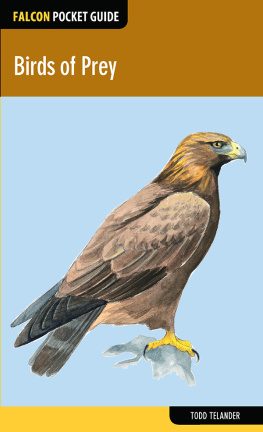

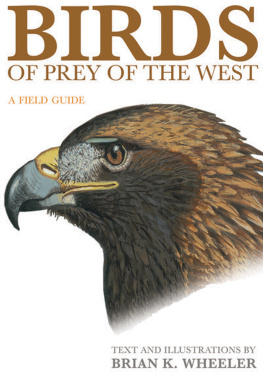
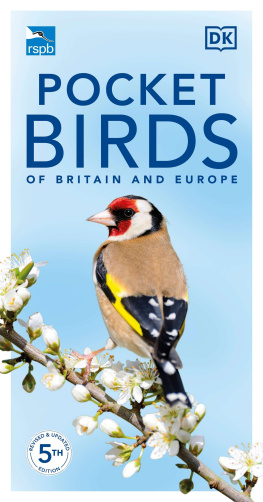
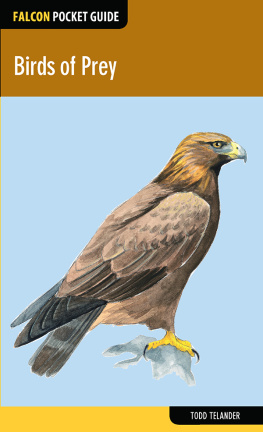

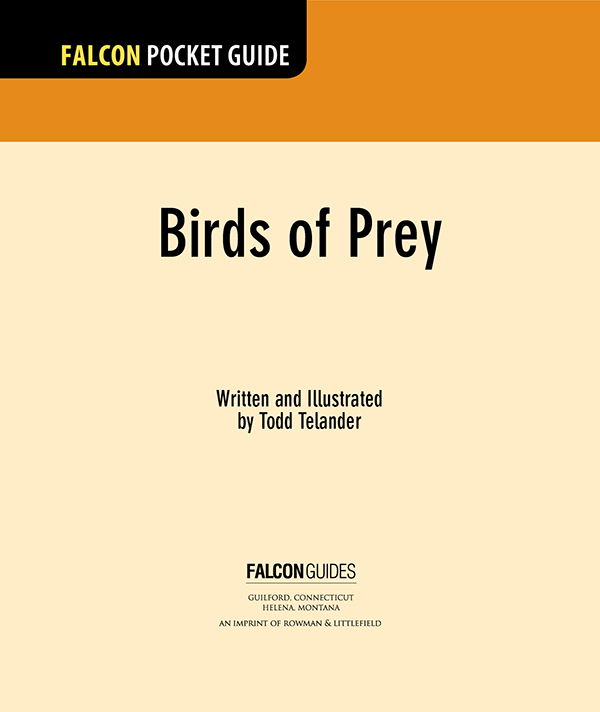

 The paper used in this publication meets the minimum requirements of American National Standard for Information SciencesPermanence of Paper for Printed Library Materials, ANSI/NISO Z39.48-1992.
The paper used in this publication meets the minimum requirements of American National Standard for Information SciencesPermanence of Paper for Printed Library Materials, ANSI/NISO Z39.48-1992.
